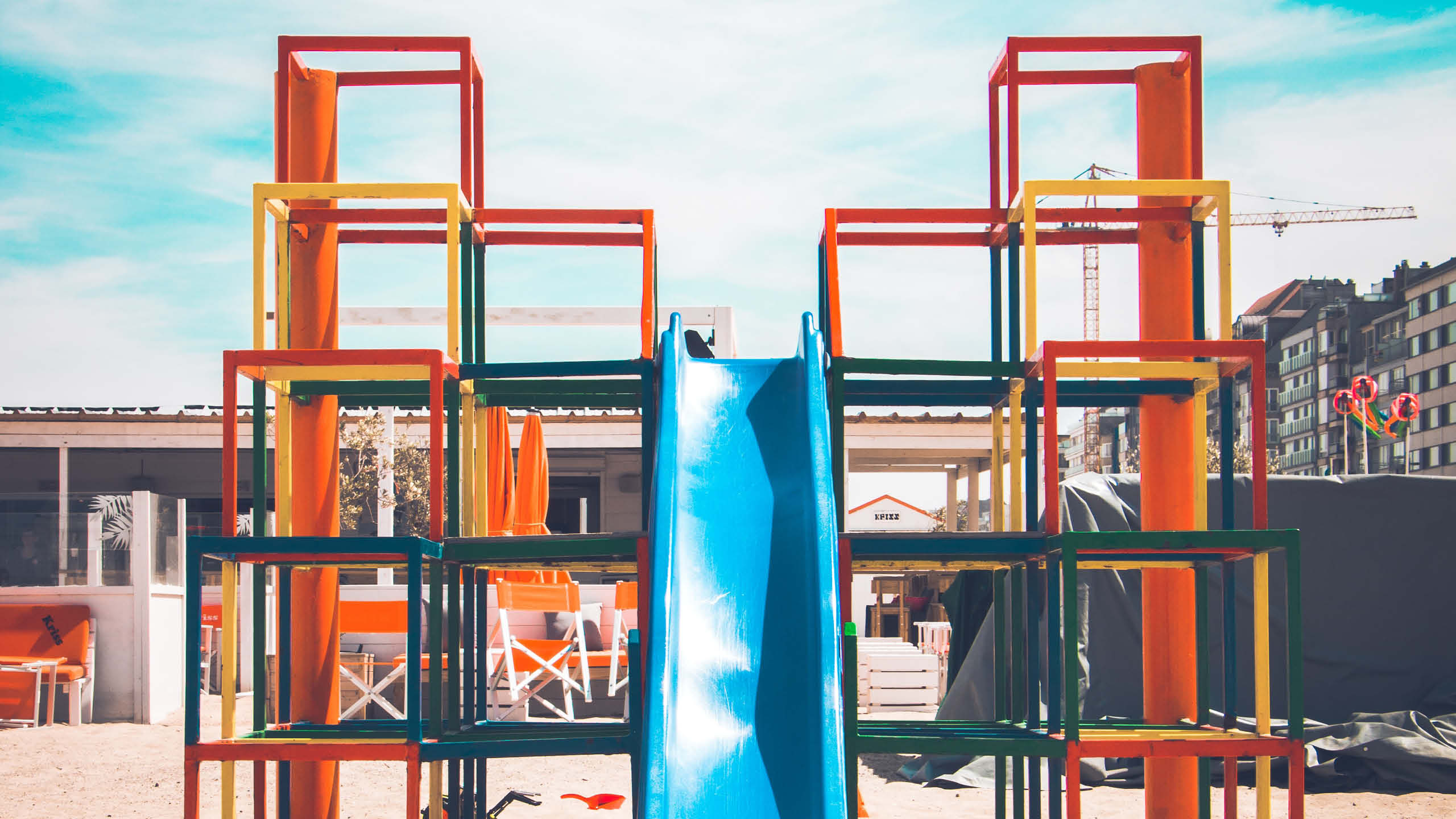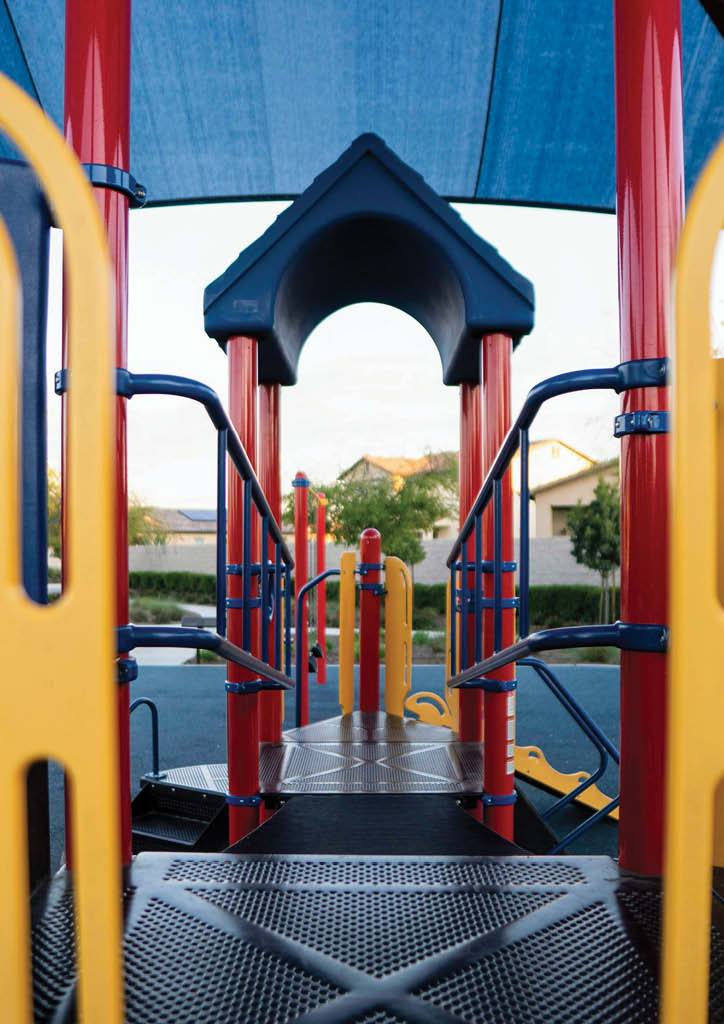
The Importance of Good Playgrounds
The layout of a good community isn’t just made up of wide open spaces and well-built structures. For a healthy community, great social spaces should also be thought of to let individuals feel more connected to each other. Alongside parks, playgrounds are a great social space for children and parents alike. Alongside being great for socialization, playgrounds allow for physical and mental development too as long as they’re designed the right way.

Related read: Studio Infinity’s Out School Enthusiastically Engages Young Learners
What makes up a good playground?
A playground has the usual equipment. A classic swing set for boosting a child’s balance and teaching them fine and gross motor skills alongside coordination, climbing equipment for teaching kids about body awareness, problem-solving, and prediction, overhead equipment for building fine and gross motor skills alongside the practice of both little and big movements, wide open spaces for free play and conversation that allows for developing social skills, and the chance at playing ball games that develop coordination. Alongside a complete set of this equipment, playgrounds should fulfill more than just surface-level development.

Related read: Designed for Children: The Jiaogong Kindergarten Campus is a Colorful Playground Inspired by a Spaceship

Playgrounds should be fit for different kinds of play. A well-designed play area allows kids to experience active play where their bodies are able to physically develop and is also open to letting them explore and discover more about the world while engaging in socialization with other children.
Playgrounds should allow children to be creative. One important addition to any playground are “loose parts” which refers to any material that can be moved, carried, stacked, or altered. These loose equipment allows kids to recreate the playground at their own discretion.
Playgrounds should have small surprises too. Small painted pictures, secret hiding places, handles and levers, interesting textures, talking tubes, and unexpected sounds all to the interest-level of a playground.
Playgrounds should have zones for different energy levels. A corner with a slide and rope swing can be active and loud while a garden with a bench can be for quiet reflection. With separate places, kids can enjoy their own energy and moments without bothering others.

Aside from these few notes, these places should flow well too as kids don’t play in a linear. With a playground that flows well and has elements that are well-connected, kids can either be led from one piece of equipment to another or diverted into another fun element that helps them further explore.


